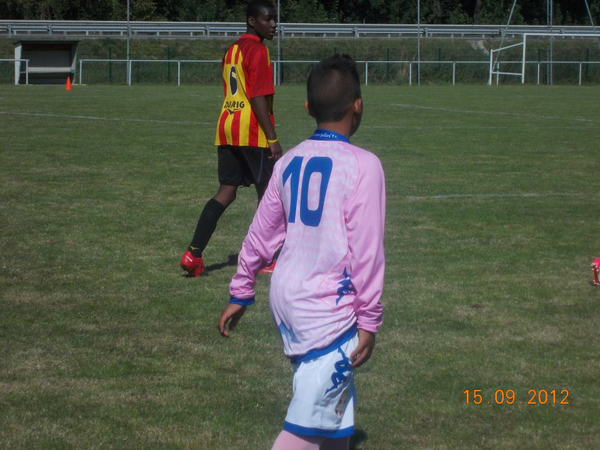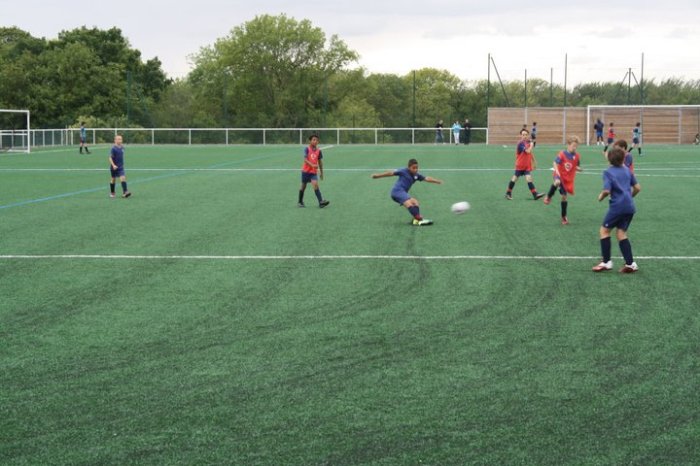When it comes to football, shirt numbers give away a player’s stature and importance in the team. Everything is determined by the number, even mindset and performance! After all, there’s a legacy, an inheritance attached to shirt numbers that cannot be denied. This tradition is so deeply etched in every football fan and player’s mind that wearing a number associated with past legends comes with its own set of expectations.
Football shirt numbers were once closely associated with the place one played. To the extent that positions were actually referred to by shirt number! This meant that a player’s number changed with each match, depending on which position was assigned to him on that particular day. The numbers 1 and 12 were usually kept for goalkeepers, 5 for a center midfielder, 9 for a striker, 11 for a left winger and number 10 for an attacking midfielder.

Things changed during the 1954 World Cup when FIFA laid down the rule that teams had to use a numbering system. A specific shirt number was to be given to each player for the entire tournament but that was then and this is now…
With the numbering system of 1 to 11 relegated to the past, on the world stage, teams usually stick to the numbers 1 to 23, though a few exceptions. At the club level, any number from 1 to 99 can be worn. So, you have random numbers at play – numbers that players consider lucky or their favorite player’s numbers worn as a mark of respect.
Players now lay claim to certain numbers and jealously guard them. Only players that seem worthy of continuing a legacy are allocated the much coveted numbers 7, 9 and 10. They have history to back them up and have become synonymous with football legends. But the biggest honor goes to the number 10, given to the most creative play maker on the field that scores the maximum goals. The number 10 football jersey has graced the shoulders of Pele, Diego Maradona, Michel Platini, Zico, Lothar Matth¤us, Gary Lineker, Roberto Baggio, Zinedine Zidane, Michael Owen, Juan Román Riquelme, Francesco Totti, Alessandro Del Piero, Ruud Van Nistelrooy, Rivaldo, Ronaldinho, Van der Vaart, Wayne Rooney, Kaka and Lionel Messi.
Bobby Charlton, Ian Rush, Fornando Torres and Alan Shearer are famous number 9’s. More recently, the lethal Brazilian forward Ronaldo did full justice to the number 9. Iconic number 7’s are David Villa, Raul Gonzalez, Franck Ribery, Luis Figo, George Best, Eric Cantona, Juanito, Amaro, David Beckham, Cristiano Ronaldo, Bastian Schweinsteiger and Andriy Schevchenk.
Then, of course, you’ve got certain players who adopted their own unique numbers and made them their trademark. The legend Johan Cruyff took a liking to number 14 and wore it instead of the number 1 that should have been assigned to him. David Beckham chose 23 and made it the most sought out for number on the field! Recently, Ronaldinho selected number 80 based on the year of his birth.
There’s no doubt that generations to come will associate these numbers with football greats. They’ll be worn with a sense of pride, driving each player to deliver an inspired performance that does the number on his back proud.





